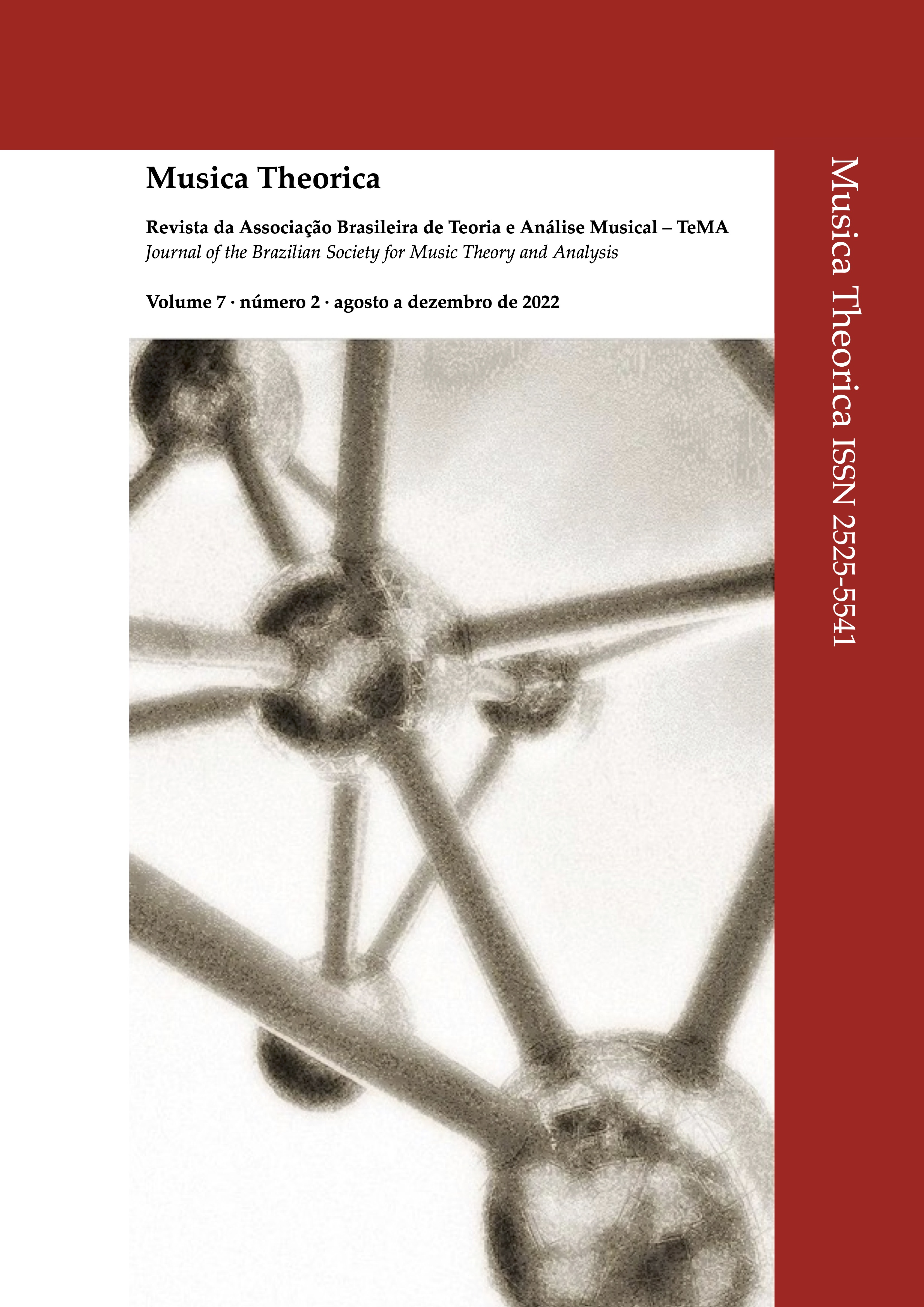harmonIA
Predictive Modelling of Chord Sucessions using Computational Deep Learning
DOI:
https://doi.org/10.52930/mt.v7i2.232Abstract
In this article, I present a prototype software using connectionist predictive models for interactive music generation of chord sequences and critically discuss the results. Models for specific keys, composers, and styles were trained on a corpus of 52,203 popular songs scraped from a collaborative chord sheets site. Raw data underwent filtering and treatment to obtain better consistency and efficiency in the modeling. The computational learning employed used Recurrent Neural Networks with Long Short-Term Memory (LSTM) cells, an architecture chosen for its ability to model dependencies and relationships in temporal series (sequential data). To evaluate the predictive modelling, we tested the generalization capacity of the resulting tonality models in harmonic sequences– selected from Brazilian popular music – with clear functional implications as well as the model’s ability to contextualize output based on previous elements.
Downloads
Published
Issue
Section
License
Copyright (c) 2023 Fernando Rauber Gonçalves

This work is licensed under a Creative Commons Attribution 4.0 International License.


